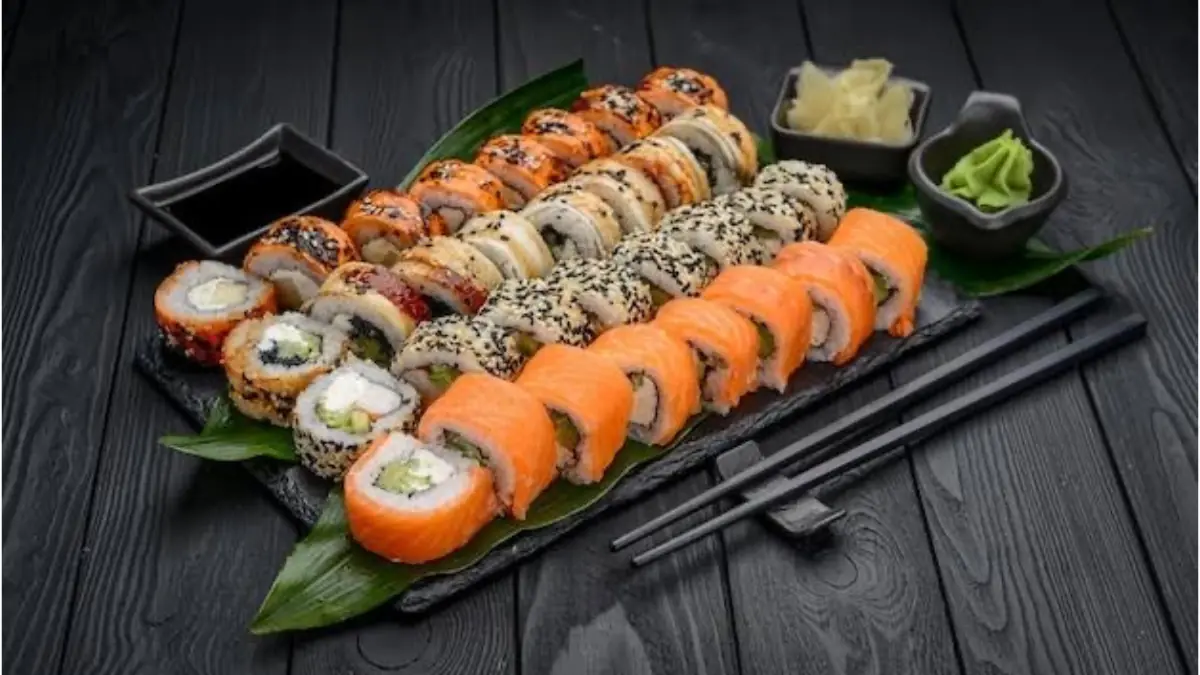Making sushi rolls at home always seems like it will be difficult, but once you try it a couple of times it becomes more natural and less stressful. The main part is cooking the rice properly because if the rice is not sticky then the roll will not hold together. After that you only need nori sheets, some vegetables or fish, and the bamboo mat if you have one, though even a kitchen towel can work in some cases. It is not something you rush, because when you take time with each roll it looks better, but even if it comes a little loose it still tastes good.
In Japan, sushi rolls are common for family meals and even picnics, and people make them in many ways, thin ones with only one filling or thicker rolls with more layers inside. At home in India or anywhere, you can adjust with what you have, like tofu instead of fish or even simple cucumber and carrot. Once rolled, it is cut with a wet knife into neat pieces, but sometimes they break or rice sticks to the blade, which is normal when m
Making sushi rolls at home always seems like it will be difficult, but once you try it a couple of times it becomes more natural and less stressful. The main part is cooking the rice properly because if the rice is not sticky then the roll will not hold together. After that you only need nori sheets, some vegetables or fish, and the bamboo mat if you have one, though even a kitchen towel can work in some cases. It is not something you rush, because when you take time with each roll it looks better, but even if it comes a little loose it still tastes good.
In Japan, sushi rolls are common for family meals and even picnics, and people make them in many ways, thin ones with only one filling or thicker rolls with more layers inside. At home in India or anywhere, you can adjust with what you have, like tofu instead of fish or even simple cucumber and carrot. Once rolled, it is cut with a wet knife into neat pieces, but sometimes they break or rice sticks to the blade, which is normal when making at home.
The taste is fresh and clean, the rice slightly sweet from the vinegar, the vegetables crunchy, and the seaweed giving that bit of bite. Soy sauce and wasabi on the side complete the plate, and ginger helps to clear the taste between bites. People often find it fun to make together because each person can choose what filling they want, so it becomes a small activity as much as a meal. Even though it looks like restaurant food, it can very much be homely if you just learn the steps once.








